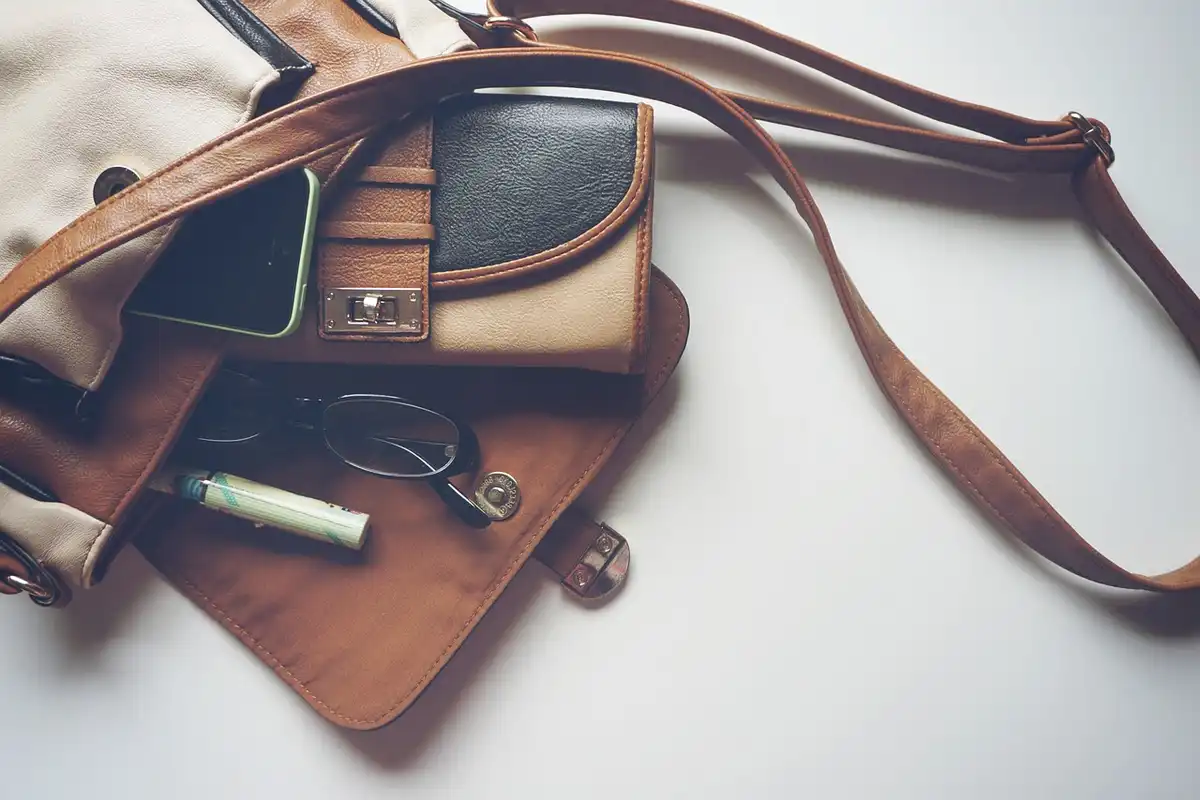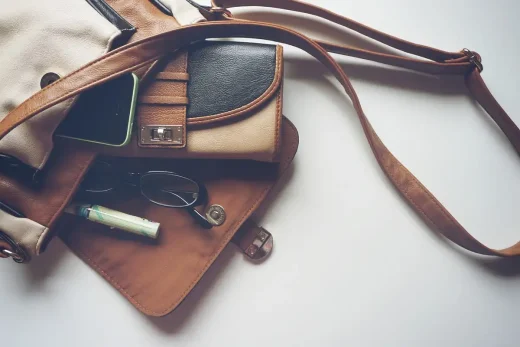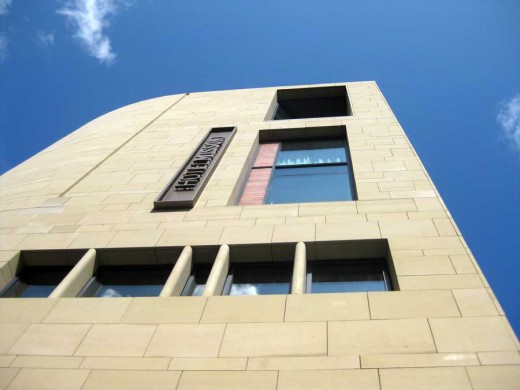Architecture and designer fashion accessories advice, Architects high-quality product tips
Architecture and Designer Fashion Accessories
27 Apr 2020
The Surprising Relationship Between Architecture and Designer Fashion Accessories
The majority of individuals consider architecture and the world of fashion to represent two entirely different industries. While it is indeed true that a number of unique factors serve to define each, you might be surprised to learn that they share much more in common than may initially meet the eye.
How are these two intertwined? What principles seem to bridge the gap between each sector? These are interesting questions to answer, as we will be provided with a much better appreciation of how the world around us is related on a deeper level. Let’s take a closer look at what the professionals have to say.
Designer Fashion Accessories Guide
Experts Embracing the Same Principles
A number of scholarly articles have focused upon the relationship between fashion and architecture from a developmental standpoint. In other words, each professional will adopt similar principles in order to achieve unique results within their sector. Here are examples of some timeless strategies that have been embraced over the years:
- Embracing a sense of visual balance.
- Appreciating the latest cultural trends.
- Utilising modern materials during the fabrication process.
- Adding a personal touch in order to entice the end user.
As we can see, these approaches are based just as much around traditional art as they have learned to encompass a sense of effective marketing. In either field, the ultimate goal is to appeal to the end user in order to generate sales and brand recognition. This is only the beginning of the similarities between these two fields.
A Notion of Functionality
What features tend to define a high-quality product such as a designer watch? The Datejust from Rolex is obviously appealing to the eye. It is crafted from modern materials and its branding obviously attracts discriminating customers. However, we need to keep in mind that luxury and functionality have always enjoyed a hand-in-hand relationship. Would brands such as Rolex or Patek Phillipe have ever enjoyed such prominence if they were know to be unreliable? Of course not.
The same holds true in regards to architecture. Although the flying buttress is beautiful to behold and requires expert craftsmanship, it has also been designed to support the massive weight of a structure. Architects and fashion designers both possess the unique ability to blend function with beauty. This is an enviable trait which takes years to develop.
An Innate Sense of Evolution
Perhaps the most undeniable similarity between these two fields involves the fact that nothing remains the same. Let’s imagine for a moment that we took a walking tour of Edinburgh in order to appreciate the different types of architecture. We would immediately notice a veritable kaleidoscope of different design elements, shapes and facades.
This is due to how tastes have changed over the years. This is also why visiting a city rich in history is the best way to appreciate such diversity. Of course, the same holds true within the fashion community. Styles associated with the 1990s are no longer vogue and those of today are likely to be outmoded in the near future.
If you require increased traffic or sales then consider Toni Marino who specialises in Web Design, SEO, PPC and Social Media management.
We can now see that architecture and fashion share much more in common than was initially apparent. The main takeaway point is that success in either field will require time, dedication, a sense of adventure, and a good deal of patience.
Comments on the Architecture and Designer Fashion Accessories advice article are welcome.
Scottish Architecture
Contemporary Lothian Buildings
Charlotte Square Edinburgh New Town Square
Comments / photos for the Architecture and Designer Fashion Accessories page welcome


